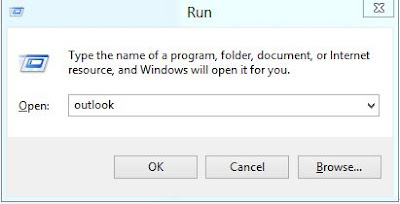Description
Microsoft reserves 20% of your available bandwidth
for their own purposes like Windows Updates and for other purpose. There are
different reasons for internet speed but this setting will help to increase you
speed.
Solution
Follow below given steps
Click on
start à run à then type “gpedit.mscà click ok
Click on Local Computer Policyà Computer Configurationà Administrative TemplatesàNetworkà QOS Packet ScheduleràLimit Reservable Bandwidth.
As shown in below image
Double click on Limit Reservable bandwidthàthen trick is to ENABLE reservable bandwidth, then set it to ZERO
Note: It will say it is not configured, but
the truth is under the 'Explain' tab i.e." Determines
the percentage of connection bandwidth that the system can reserve. This value
limits the combined bandwidth reservations of all programs running on the
system. By default, the Packet Scheduler limits the system to 80 percent of the
bandwidth of a connection, but you can use this setting to override the
default. If you enable this setting, you can use the "Bandwidth
limit" box to adjust the amount of bandwidth the system can reserve. If
you disable this setting or do not configure it, the system uses the default
value of 80 percent of the connection. If a bandwidth limit is set for a
particular network adapter in the registry, this setting is ignored when
configuring that network adapter."
So the trick is to ENABLE Reservable bandwidth, then
set it to ZERO. This will allow the system to reserve nothing, rather than the
default 20%.It works on Win 2000 as well
As shown in below image
Now click on Apply à Ok à now restart you system then check.













